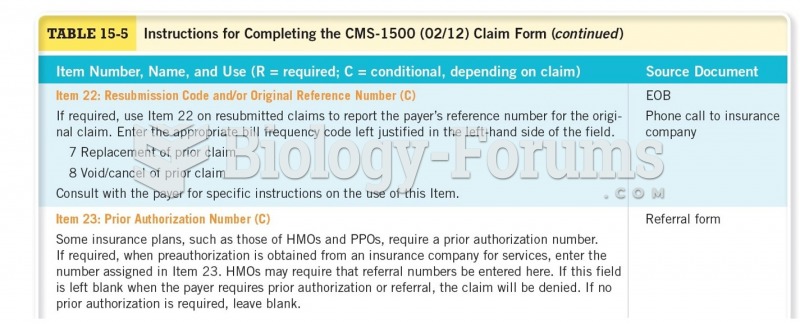Answer to Question 1
Correct Answer: 2
Rationale 1: Keep a thin layer of medication on the area at all times is incorrect. In cases of long-term use, adverse affects such as irritation, redness, and thinning of the skin membranes can occur. If absorbed into the system, effects can include adrenal insufficiency, mood changes, and serum imbalances; even bone defects can occur.
Rationale 2: Topical glucocorticoids are used mainly to treat dermatitis and related symptoms. Creams, lotions, solutions, gels, and pads are specifically formulated to cross skin membranes, but should be used only for local inflammation and itching, and should be applied to the affected area only.
Rationale 3: Cover the affected area with an adhesive bandage after application with medicine is incorrect because the affected area should not be covered.
Rationale 4: Monitor for irritation and redness, which are common effects with initial application is incorrect. In cases of long-term use, adverse affects such as irritation, redness, and thinning of the skin membranes can occur. If absorbed into the system, effects can include adrenal insufficiency, mood changes, and serum imbalances; even bone defects can occur.
Global Rationale: Topical glucocorticoids are used mainly to treat dermatitis and related symptoms. Creams, lotions, solutions, gels, and pads are specifically formulated to cross skin membranes, but should be used only for local inflammation and itching, and should be applied to the affected area only. Keep a thin layer of medication on the area at all times is incorrect. In cases of long-term use, adverse affects such as irritation, redness, and thinning of the skin membranes can occur. If absorbed into the system, effects can include adrenal insufficiency, mood changes, and serum imbalances; even bone defects can occur. Cover the affected area with an adhesive bandage after application with medicine is incorrect because the affected area should not be covered. Monitor for irritation and redness, which are common effects with initial application is incorrect. In cases of long-term use, adverse affects such as irritation, redness, and thinning of the skin membranes can occur. If absorbed into the system, effects can include adrenal insufficiency, mood changes, and serum imbalances; even bone defects can occur.
Answer to Question 2
Correct Answer: 2, 3, 4
Rationale 1: Liver function, serum glucose, and serum triglyceride tests should be performed when taking tretinoin.
Rationale 2: Liver function, serum glucose, and serum triglyceride tests should be performed when taking tretinoin.
Rationale 3: Liver function, serum glucose, and serum triglyceride tests should be performed when taking tretinoin.
Rationale 4: Liver function, serum glucose, and serum triglyceride tests should be performed when taking tretinoin.
Rationale 5: Liver function, serum glucose, and serum triglyceride tests should be performed when taking tretinoin.
Global Rationale: Liver function, serum glucose, and serum triglyceride tests should be performed when taking tretinoin. Serum creatinine and a blood urea nitrogen level are not required as this medication does not adversely affect the renal system.







